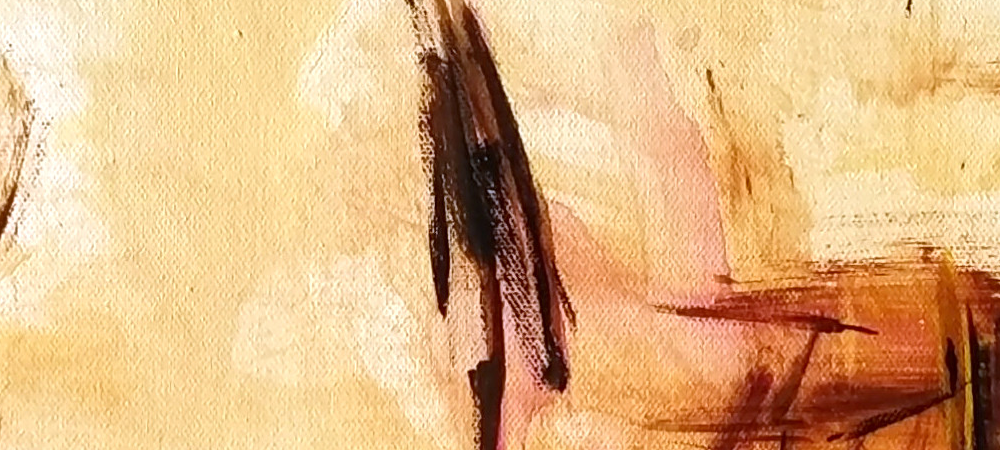Oil painting is a rich and versatile medium cherished by artists for centuries. With a myriad of techniques at your disposal, you can create pictures that captivate viewers with their depth, drama, and visual impact. In this comprehensive guide, we’ll explore various oil painting techniques, both traditional and contemporary, to help you master the art of painting on canvas.
Understanding the Art of Oil Painting
Oil Painting Techniques Overview
Oil painting techniques encompass a wide range of styles and approaches, each offering unique possibilities for artistic expression. Whether you’re a seasoned artist or just beginning your journey, understanding these techniques can greatly enhance your creative repertoire.
Chiaroscuro: Embracing Light and Shadow
Chiaroscuro is a technique that focuses on the dramatic interplay of light and shadow. Artists who employ chiaroscuro create a 3D illusion by emphasizing the contrast between illuminated areas and those cast in shadow. This technique has been used by renowned artists throughout history to add depth and drama to their works.
Scumbling: Creating Texture with a Stiff Brush
Scumbling is a technique often favored by beginners. It involves applying a thin layer of paint to a dry canvas using a stiff brush. This method can create a textured effect, adding depth and interest to the painting. Scumbling is frequently used in the underpainting phase to establish a foundation for subsequent layers.
Alla Prima: The Wet-on-Wet Approach
Alla Prima, meaning “at first attempt” in Italian, is a technique in which artists work quickly and directly on the canvas. This approach is characterized by layers of wet paint applied on top of each other, allowing for spontaneous blending and vibrant color mixing. It was famously employed by artists like Van Gogh and Monet.
Glazing: Adding Transparent Layers for Depth
Glazing involves applying transparent layers of paint over an existing dry layer to achieve a glossier finish and depth of color. This technique was masterfully used by Vermeer, among others, to create luminous and realistic effects. It is especially valuable for capturing the subtleties of light and atmosphere.
Underpainting: Sketching Your Subject in Subtle Tones
Underpainting is an initial layer of paint, often executed in monochrome or muted tones, used as a foundation for the final artwork. It helps artists establish the composition and values before adding more layers of color. Beginners can find this technique particularly helpful in building their paintings.
Impasto: Adding Texture with Bold Strokes
Impasto is a technique characterized by the use of thick, textured paint applied with a palette knife or brush. This method allows artists to create bold and expressive works with visible brushwork. It was famously employed by Van Gogh to add depth and energy to his paintings.
Grisaille: Monochromatic Excellence
Grisaille is a monochromatic technique that uses shades of black, white, and grey to create intricate, grayscale compositions. It has its roots in the Renaissance era and remains a powerful method for artists to master the subtleties of form and light.
Embracing Versatility and Creativity
Oil painting techniques offer artists unparalleled creative possibilities. By mastering these methods, you can create pictures that convey depth, emotion, and visual impact. The key to success lies in experimentation and practice.
Exploring Contemporary Oil Painting Techniques
Direct Painting: Unleash Your Creativity
Direct painting is a contemporary approach that encourages artists to work intuitively, without lengthy planning. This method embraces the artist’s instincts and creative impulses, resulting in spontaneous and expressive works of art.
Blending: Harmonizing Colors and Textures
Blending is a technique that focuses on seamlessly merging colors and textures on the canvas. It involves careful color mixing and the use of various tools, including palette knives, brushes, and even fingers, to create smooth transitions and captivating compositions.
Practical Tips for Beginners
If you’re new to oil painting, here are some practical tips to get started:
– Explore different techniques: Experiment with various techniques, from underpainting to impasto, to discover your preferred style and approach.
– Master color theory: Understanding color theory, including shadows, complementary colors, and the color wheel, is essential for creating vibrant and harmonious compositions.
– Choose your medium: Selecting the right medium, such as linseed oil or black oil, can significantly impact the flow and drying time of your paint.
– Practice patience: Oil painting often requires layers and drying time. Be patient and allow your layers to dry thoroughly before adding more.
Conclusion
Oil painting on canvas is a rich and rewarding artistic endeavor. By exploring traditional and contemporary techniques, you can create pictures that showcase your artistic vision and skills. Whether you’re drawn to the drama of chiaroscuro, the spontaneity of alla prima, or the texture of impasto, oil painting offers endless opportunities for creativity and self-expression. Embrace the versatility of this timeless medium and embark on a journey of artistic discovery.
